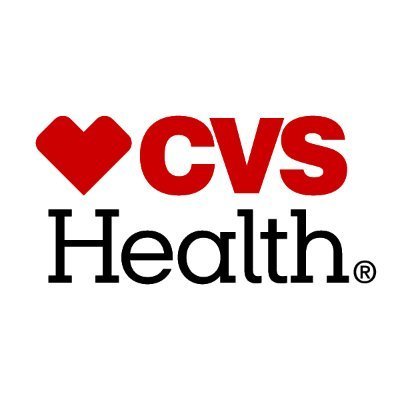
CVS Health Product Designer Case Interview (Engineering Org): Omnichannel Pharmacy and Care Experience
What this case covers: A realistic, service-design-heavy product challenge reflecting CVS Health’s scale (retail pharmacy, specialty, PBM, MinuteClinic, and benefits) and patient-first culture. You’ll be asked to design an end-to-end, omnichannel experience that improves medication access and adherence while reducing friction for members, prescribers, and pharmacists. Typical scenario prompt: "Design a streamlined prior-authorization and first‑fill experience for a member using CVS Pharmacy (mobile/web), whose benefits are administered through CVS Health/Aetna. The solution should help the prescriber initiate/complete PA, give the member real-time cost transparency and alternatives, and enable the pharmacist to progress the fill with minimal callbacks—all while protecting PHI and supporting accessibility." Focus areas CVS interviewers emphasize: - Patient-centric outcomes: medication adherence, time-to-first-fill, transparency of copay/alternatives, and clear next steps when coverage issues arise. - Operations-aware design: realistic retail pharmacy workflows (queueing, partial fills, substitutions), call center handoffs, MinuteClinic touchpoints, specialty onboarding, and notification strategies that work at store and enterprise scale. - Compliance and trust by design: HIPAA/PHI handling, least-privilege access, auditability, consent flows, WCAG 2.1 AA accessibility, and plain-language content for diverse health literacy levels. - Data and systems integration: how PBM claims, formulary rules, and EHR eRx/PA systems (e.g., NCPDP/HL7 rails) influence states and UI. Show how latency, partial data, and edge cases appear in the experience. - Equity and inclusion: support for older adults, caregivers, multilingual needs, and low-connectivity or non-smartphone paths (IVR/SMS/print at receipt). What you’ll do during the session: - Clarify the problem and success metrics (e.g., reduce first-fill abandonment, PA turnaround time, pharmacist callbacks; increase digital self-service completion). - Map a concise service blueprint across actors (member, caregiver, prescriber, pharmacist, benefits systems, support) and channels (mobile, web, in-store, IVR/SMS). - Prioritize use cases: cost transparency and alternatives, PA initiation/status, refill/transfer, pickup vs. delivery, and exception handling (denials, step therapy, out-of-stock). - Produce mid-fidelity wireframes for the member flow and one supporting view for prescriber or pharmacist; annotate states (unknown coverage, pending PA, approved, denied, alternative suggested). - Define content strategy (plain language, error messaging, culturally sensitive microcopy) and accessibility decisions (focus order, contrast, tap targets, keyboard/voice). - Propose an experimentation and measurement plan (events, dashboards, guardrail metrics like contact rate and store disruption). How you’ll be evaluated (reflecting CVS norms): - Problem framing with empathy for patients and front-line pharmacy staff. - Evidence of systems thinking and operational feasibility at enterprise scale. - Clear, compliant UX that handles edge cases gracefully and defaults to privacy. - Communication and collaboration with engineering, pharmacy operations, and clinical stakeholders. - Pragmatic tradeoffs and a credible MVP + iteration roadmap tied to metrics. What to bring/expect: whiteboarding in Figma/Miro or on-paper, structured verbal reasoning, quick service blueprinting, and crisp annotations of decision logic (e.g., formulary tiers, alternatives, and PA states).
8 minutes
Practice with our AI-powered interview system to improve your skills.
About This Interview
Interview Type
PRODUCT SENSE
Difficulty Level
4/5
Interview Tips
• Research the company thoroughly
• Practice common questions
• Prepare your STAR method responses
• Dress appropriately for the role